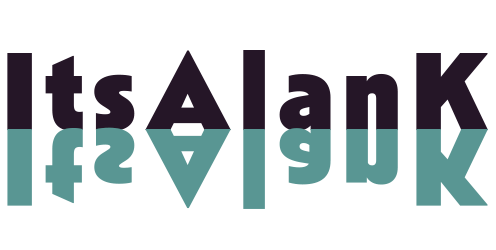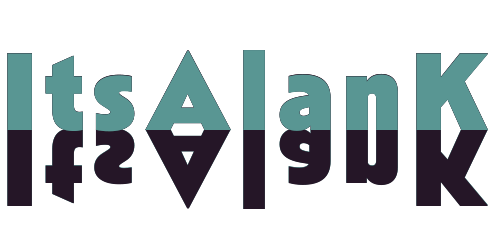Blender 3D Still Life Study
This was my first 3D modelling project in my MSc in Game Development and Extended Reality. Its a still life study project attempting to recreate an existing image using Blender
Final Render
Source Image
When blocking out the scene I found the bottle and fruit to not be too troublesome but then the bowl and knife proved a bit more challenging to get right. The knife being at an angle and sitting underneath part of the bowl as it is wider at the top than the bottom had me struggling for a bit and took a few attempts along with moving my reference image plane in and out to compare until I got to a point I was happy with.

An ongoing task was adjusting positions objects in relation to on another throughout the modelling process to get everything closer to the source image. As I went through modelling and spent more time looking at things, I started to notice that the angle of my camera needed minor adjustments which then has a knock-on effect on where everything else is positioned. On top of that as I got into the curves and shapes of the objects beyond what the box blocking showed it gave a better idea of where items can be places and how close to each other they are.


When modelling the objects, I began with the pomegranates which seemed like a simple place to start to give myself a strong idea of scale and could work things in relative to them. In the image, both pomegranates are at an angle which makes them a little more difficult to work with. I found that doing most of the rough shaping of the top where all the detail is (the rest is just a sphere) was easier without any rotation so I could work relative to the world XYZ coordinates. Then once I had things close, I rotated the models into place and adjusted angles to fit the image.
Where I struggled the most and found myself trying a few different methods was with the knife as it has some more complex curves and is not a symmetrical object. This was more difficult than I had anticipated. At first, I worked with a cylinder as my base object however after a few attempts I decided that working with a rectangular prism was a better starting point. Using a top-down view, I created the rough shape of the object and then adjusted individual points to capture the curves from other angles. I considered using some sculpting tools for this too, but they did not really work as they are better suited to organic objects rather than something with a more defined shape.



For the bottle to get the right dark almost opaque quality from the image I used the procedural texturing to add the right levels or roughness, refraction, and reflection to the bottle. I then worked from this tutorial video (using the dust texture image from it) to add a layer of dust over the bottle. The technique used singles out upward facing geometry on the bottle and only applies the dust there for a realistic spread.
Reflection
I am overall happy with the result I have gotten from my work. As mentioned, my main sticking point throughout was modelling the knife. Given some additional time with the experience and practice I have now I would like to redo that taking more care as I go as to where I am adding points as a large part of my issue was getting confused with the number of vertices and points, I ended up with. That has left some rough edges not super visible in the render bit can be seen when inspecting the models and would not be appropriate for any other use case right now.
If doing the project again I would also spend a bit more time in the texturing of the table to give it some extra detail and depth though I was happy with the result I got with the quick photoshop editing I did to a wooden texture.
The main thing that I learned from this project is the importance of planning ahead and managing files, objects, etc as you go with correct labelling and naming so that you can know exactly what you are working with later down the line. I also learned a lot about how the node editor works and how to string together different textures, converters, and shaders to build more realistic effects.

